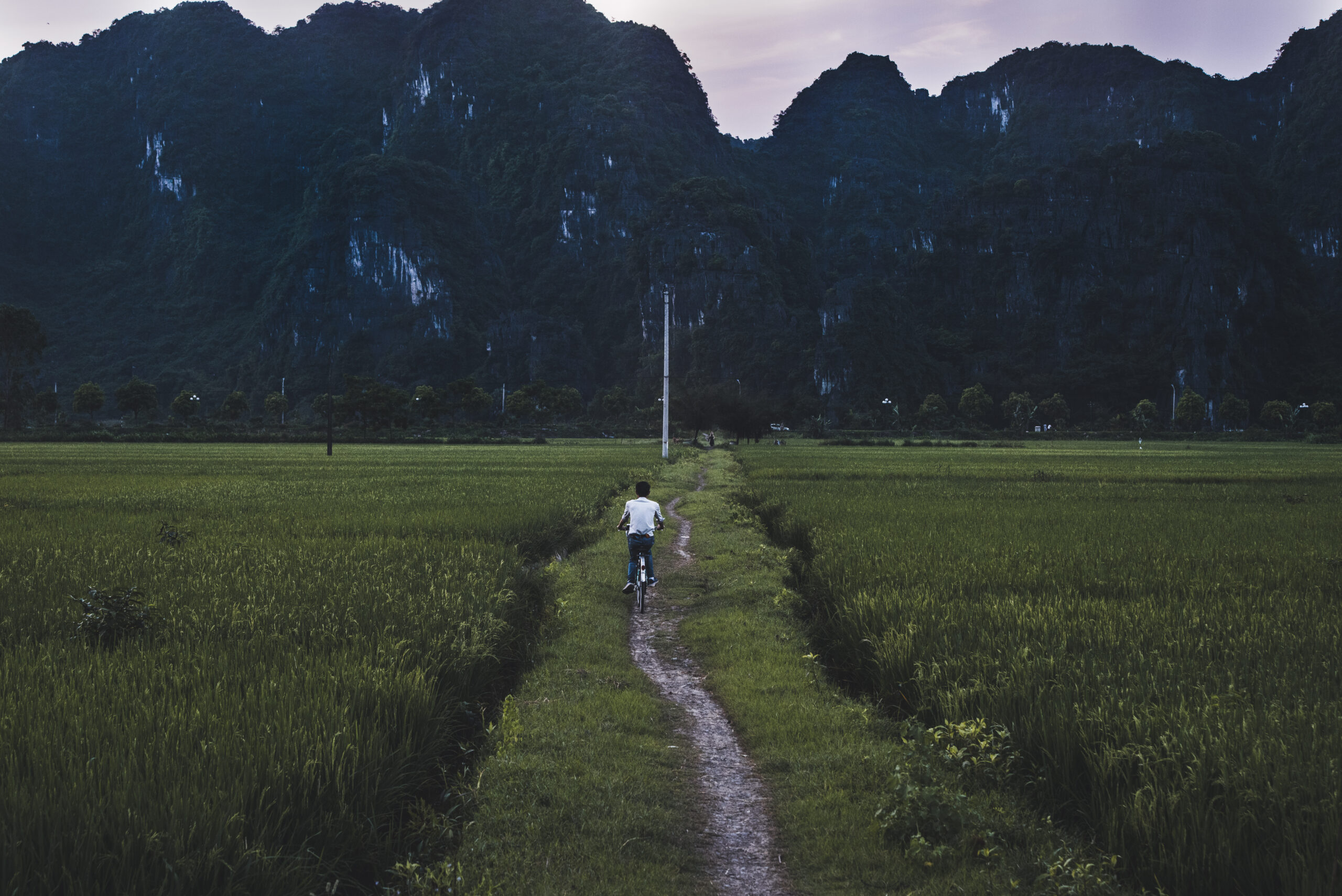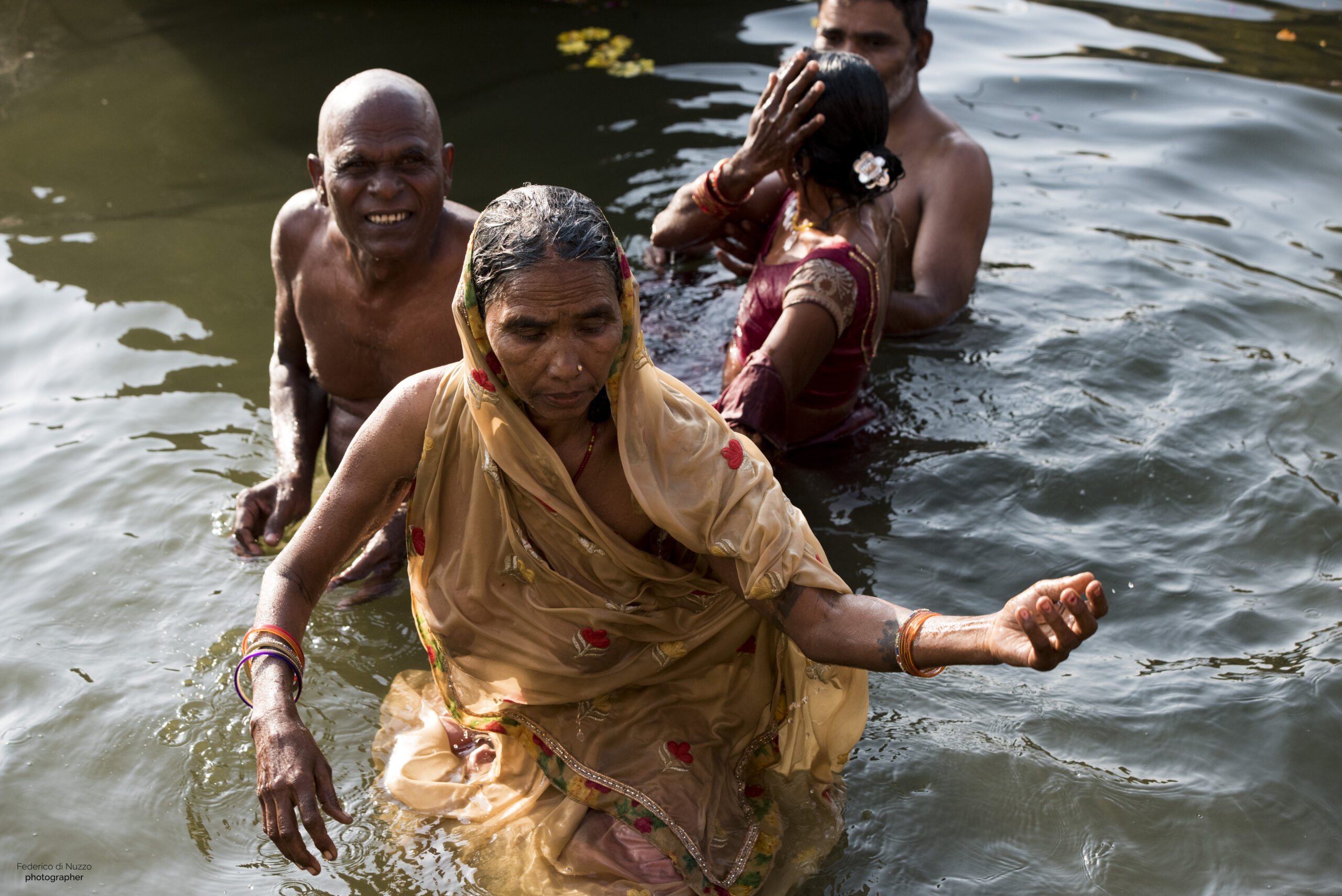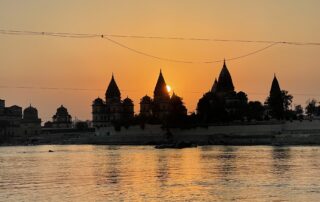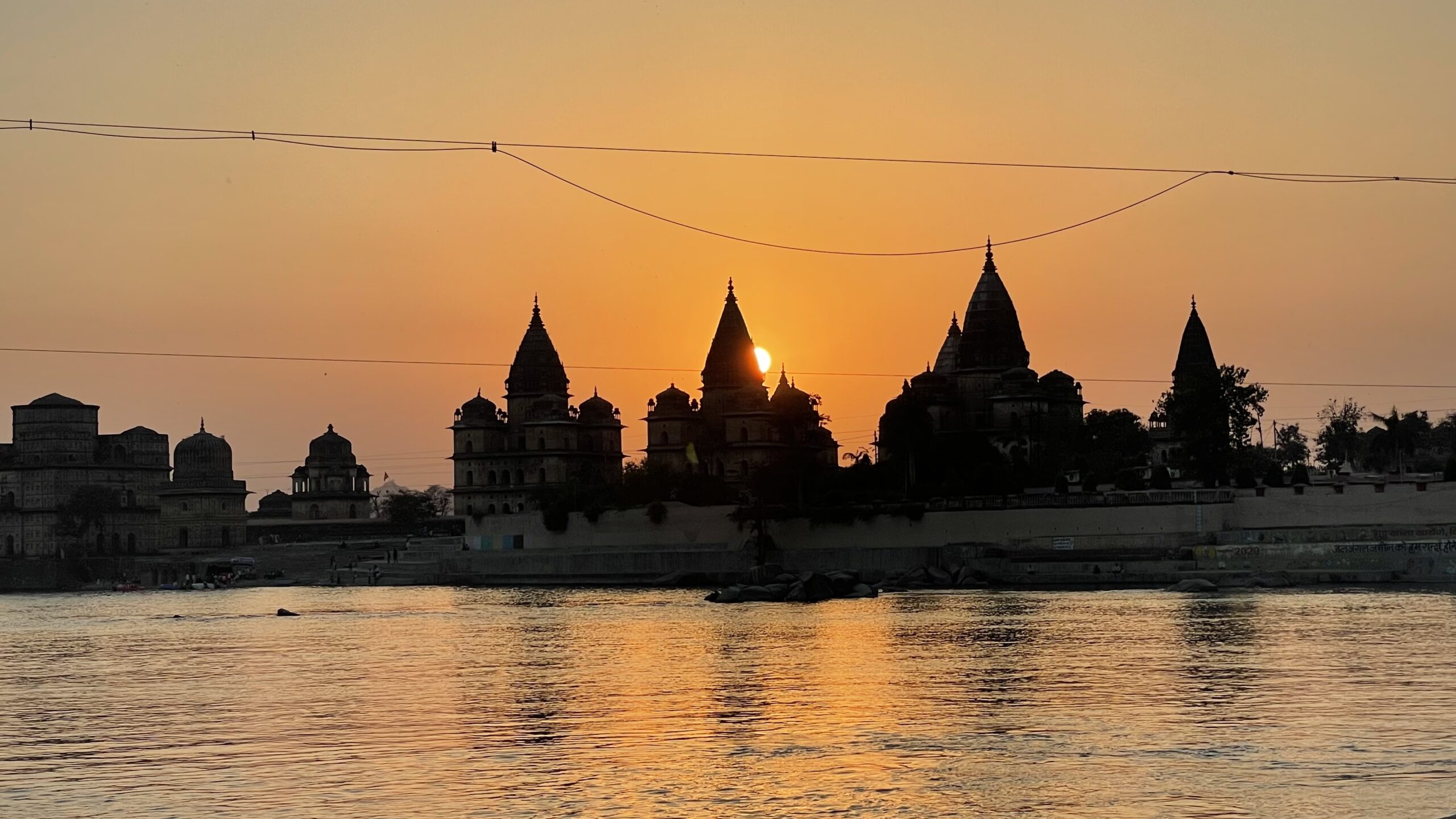Seoul, the unexpected capital
Elected as the most livable city in Asia in 2015 and second in terms of quality of life, I can say that the impression I had of this metropolis of almost 10M citizens reflects what is summarized in this sentence. The key word to describe Seoul is charm.
Royal palaces alternating with modern architecture, skyscrapers, narrow streets and alleys full of places to eat and people grilling in the back room. The smell of food that pervades you on one side and the silence that reigns in the Hanok villages on the other hand. The Han River practically divides the city in two, but thanks to an underground city in full metropolis style, with more than 20 lines between metro and trains that cover the entire metropolitan area, it becomes very easy to move around.
Seoul, the unexpected capital
Elected as the most livable city in Asia in 2015 and second in terms of quality of life, I can say that the impression I had of this metropolis of almost 10M citizens
reflects what is summarized in this sentence. The key word to describe Seoul is charm.
Royal palaces alternating with modern architecture, skyscrapers, narrow streets and alleys full of places to eat and people grilling in the back room. The smell of food that pervades you on one side and the silence that reigns in the Hanok villages on the other hand. The Han River practically divides the city in two, but thanks to an underground city in full metropolis style, with more than 20 lines between metro and trains that cover the entire metropolitan area, it becomes very easy to move around.
What to see in Seoul
Gwangjang Market, the heart of street food together with Sejong Village. Gwangjang is a covered market that is practically always open, with a beating heart of smells, voices, smiles and multi-ethnicity. The main streets are divided by type of food served (see the food tips below) and by type of food and non-food product sold.
Royal palaces, built betwenn XIV and XV centuries (check fares and schedule) Changdeokgung, Gyeongbokgung, Changgyeonggung above all; the combined ticket at 10,000 won allows you to enter all 3 plus the Secret Garden of Changgyeonggung, Deoksugung and Jongmyo temple.
Bukchon Hanok Village, a network of narrow streets and typical houses (in some you can even sleep, see useful links at the end of the article). It is a residential village dating back to the 14th century where one breathes the imperial years, as if everything had stopped.
Seoul Tower
Observation tower inside Namsan park. It has been a radio/TV repeater since 1969, but open to the public since 1980, a meeting place for young lovers intent on closing their own padlock in full “Mocciano” style among the various terraces of the park. The Cable Car that connects it to the inhabited center is suggestive: cost of the cable car, 14,000 won round trip or 11,000 won single way. I got there by bus, which stops less than a kilometer away and then you have to continue on foot in the park. On my way back I opted for the Cable Car.
Bongeunsa
It is a 794 Buddhist village in Gangnam, which encloses various temples, buildings, narrow streets, where order and devotion are breathed and the silence is only interrupted by the prayers of the faithful. If you spend some time there it will be easy to see the monks wandering around the narrow streets. You can photograph almost everything except the interior especially during the performance of the functions.
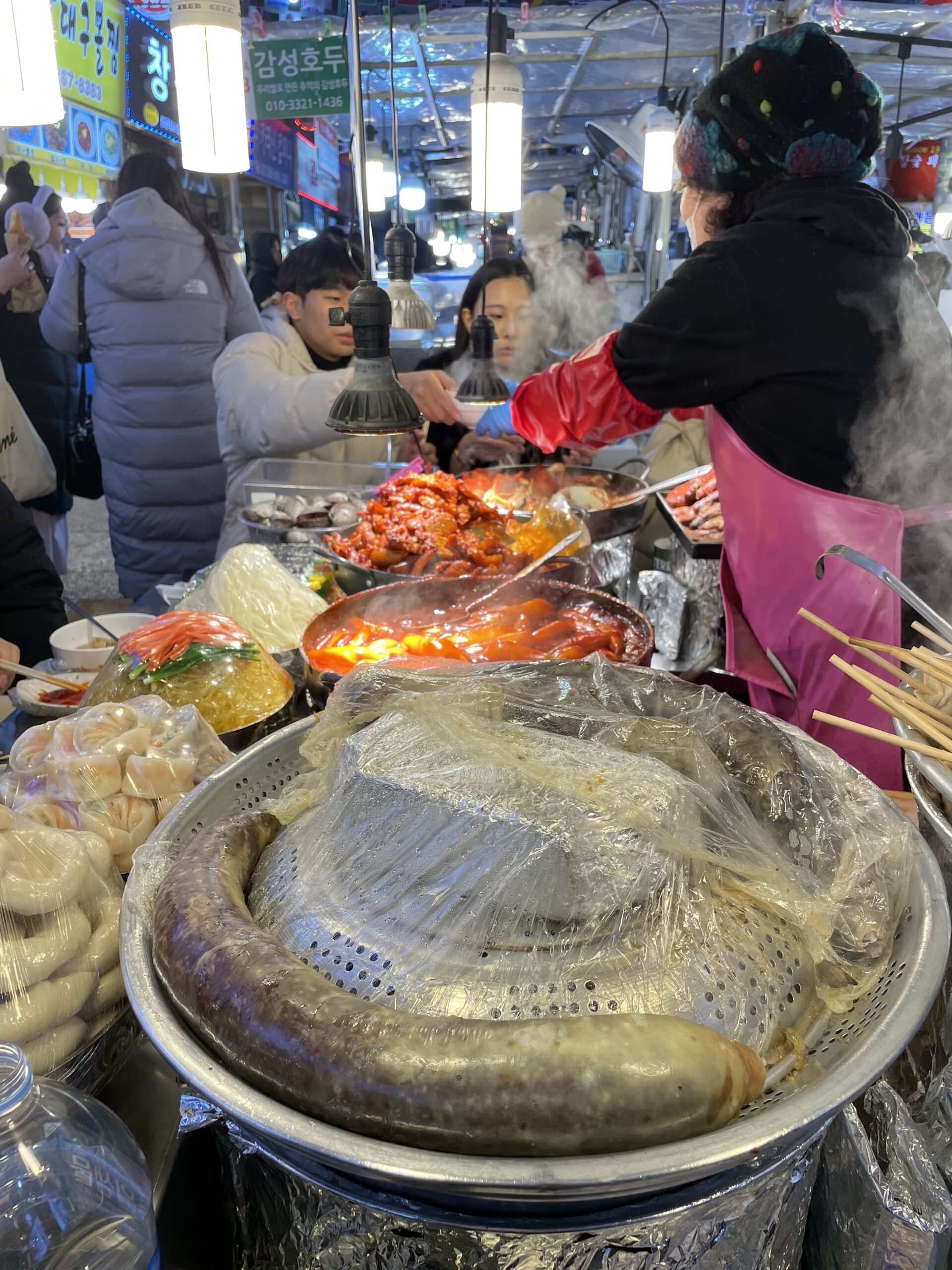
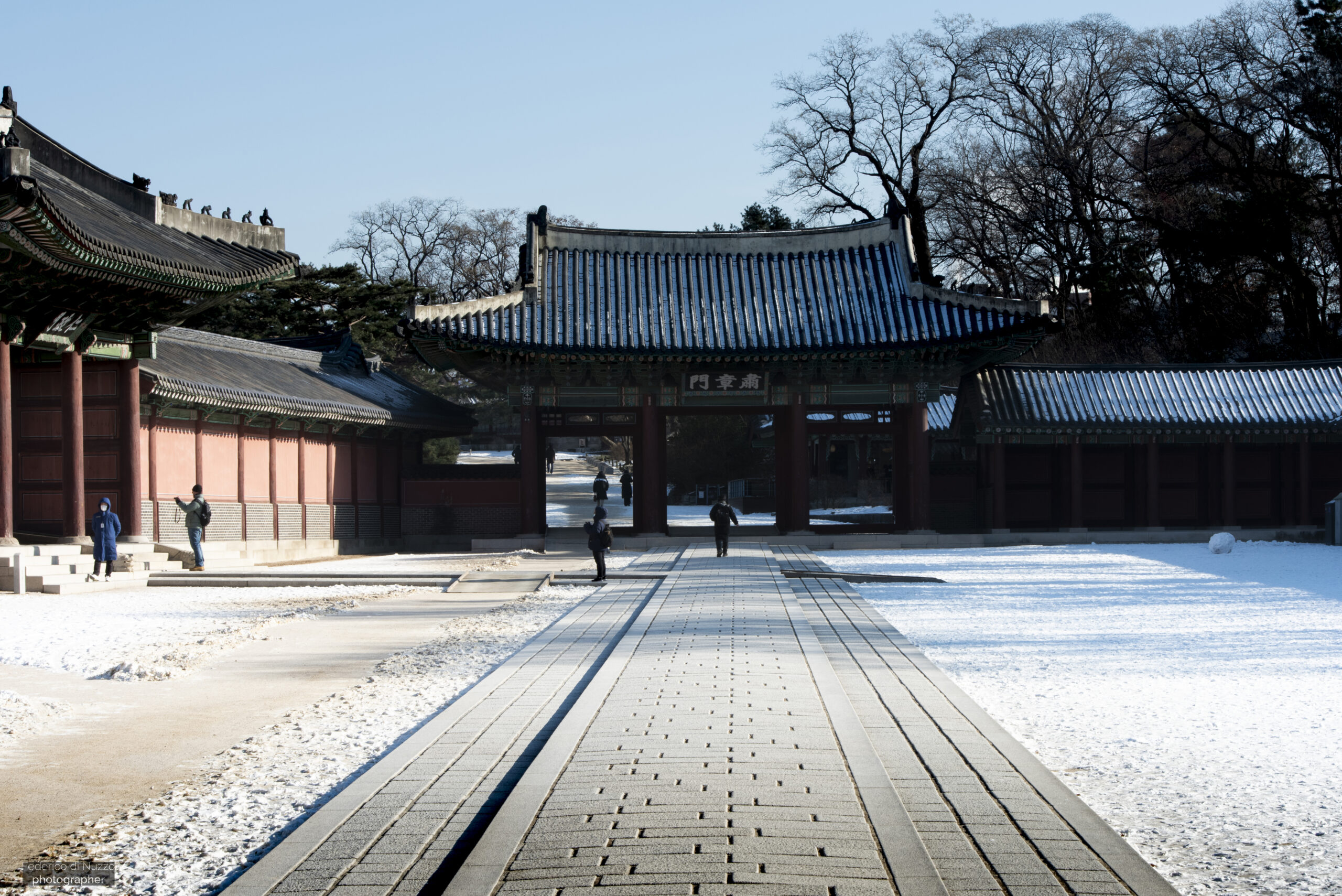
Check my photo reportage
Lotte World
Also located in Gangnam, Lotte World is an indoor theme park, with rides, attractions, restaurants, an ice rink and an outdoor pond. It houses among other things the Lotte World Adventure, the largest indoor theme park in the world, the Seoul Sky tower.
DMZ
The demilitarized zone is a 2km (neutral) strip of land in South Korea and 2km in North Korea. The observatory and the area that can be visited is clearly on the south side; there are several agencies (link) that organize the early morning tour directly from Seoul. You can visit one of the 4 tunnels and the observatory terrace overlooking the 2 km of North Korea, from where you can glimpse the old industrial city of Kaesong.
Recent posts
Kyoto
Kyoto: alleys, temples and street food! 1.
This is my India
This is my travel in India Only
DDP (Dongdaemun Design Plaza)
It is the son of the creativity of Zaha Hadid, a cultural complex of modern design, which houses spaces used for exhibitions, events, shows and conferences. It is among the 100 most visited attractions in South Korea with more than 10 million visitors annually. It is the largest amorphous 3d structure in the world.
What to see in Seoul
Gwangjang Market, the heart of street food together with Sejong Village. Gwangjang is a covered market that is practically always open, with a beating heart of smells, voices, smiles and multi-ethnicity. The main streets are divided by type of food served (see the food tips below) and by type of food and non-food product sold.
Royal palaces, built betwenn XIV and XV centuries (check fares and schedule) Changdeokgung, Gyeongbokgung, Changgyeonggung above all; the combined ticket at 10,000 won allows you to enter all 3 plus the Secret Garden of Changgyeonggung, Deoksugung and Jongmyo temple.
Bukchon Hanok Village, a network of narrow streets and typical houses (in some you can even sleep, see useful links at the end of the article). It is a residential village dating back to the 14th century where one breathes the imperial years, as if everything had stopped.
Seoul Tower
Observation tower inside Namsan park. It has been a radio/TV repeater since 1969, but open to the public since 1980, a meeting place for young lovers intent on closing their own padlock in full “Mocciano” style among the various terraces of the park. The Cable Car that connects it to the inhabited center is suggestive: cost of the cable car, 14,000 won round trip or 11,000 won single way. I got there by bus, which stops less than a kilometer away and then you have to continue on foot in the park. On my way back I opted for the Cable Car.
Bongeunsa
It is a 794 Buddhist village in Gangnam, which encloses various temples, buildings, narrow streets, where order and devotion are breathed and the silence is only interrupted by the prayers of the faithful. If you spend some time there it will be easy to see the monks wandering around the narrow streets. You can photograph almost everything except the interior especially during the performance of the functions.

Check out my photo reportage
Lotte World
Also located in Gangnam, Lotte World is an indoor theme park, with rides, attractions, restaurants, an ice rink and an outdoor pond. It houses among other things the Lotte World Adventure, the largest indoor theme park in the world, the Seoul Sky tower.
DMZ
The demilitarized zone is a 2km (neutral) strip of land in South Korea and 2km in North Korea. The observatory and the area that can be visited is clearly on the south side; there are several agencies (link) that organize the early morning tour directly from Seoul. You can visit one of the 4 tunnels and the observatory terrace overlooking the 2 km of North Korea, from where you can glimpse the old industrial city of Kaesong.
DDP (Dongdaemun Design Plaza)
It is the son of the creativity of Zaha Hadid, a cultural complex of modern design, which houses spaces used for exhibitions, events, shows and conferences. It is among the 100 most visited attractions in South Korea with more than 10 million visitors annually. It is the largest amorphous 3d structure in the world.
Recent posts
How to get around in Seoul
If you arrive from Incheon International Airport, the 4001 express train takes you directly to the “Seoul Station” train station in the center. There is also the local route which makes stops and also passes through the other “Gimpo” airport. From the latter, if you were to land there, there is also the lilac line that crosses the northern part of Seoul, if you sleep in that area it is really comfortable.
Seoul has more than 20 lines between metro and trains that cover the entire metropolitan area. To travel by public transport, you can buy the Tmoney card which costs 2,500 won and must be topped up with cash. Single rides range from as little as 1250 won + 500 won deposit and are based on the concept of travel zones and distance to travel. If you top up the Tmoney, the single journey will cost less, while if you buy single tickets there will be a 100 won increase plus the 500 won deposit that you will recover at the end of the journey. Go to the official website to check zones and fares.
Honestly, I didn’t do the Tmoney because at the first metro station, once I landed, the machine had run out of change to dispense, and then I always found them under maintenance. I walked a lot to visit Seoul, especially if you group the things to see by areas and zones, you will find yourself walking a lot without having to use public transport.
How to get around in Seoul
If you arrive from Incheon International Airport, the 4001 express train takes you directly to the “Seoul Station” train station in the center. There is also the local route which makes stops and also passes through the other “Gimpo” airport. From the latter, if you were to land there, there is also the lilac line that crosses the northern part of Seoul, if you sleep in that area it is really comfortable.
Seoul has more than 20 lines between metro and trains that cover the entire metropolitan area. To travel by public transport, you can buy the Tmoney card which costs 2,500 won and must be topped up with cash. Single rides range from as little as 1250 won + 500 won deposit and are based on the concept of travel zones and distance to travel. If you top up the Tmoney, the single journey will cost less, while if you buy single tickets there will be a 100 won increase plus the 500 won deposit that you will recover at the end of the journey. Go to the official website to check zones and fares.
Honestly, I didn’t do the Tmoney because at the first metro station, once I landed, the machine had run out of change to dispense, and then I always found them under maintenance. I walked a lot to visit Seoul, especially if you group the things to see by areas and zones, you will find yourself walking a lot without having to use public transport.
Best places to eat Seoul
The keyword of food in Seoul is street food, especially in the markets or typical streets. The smell of typical dishes pervades you, sometimes even too much if it’s Kimchi (for delicate palates and stomachs, pay attention to the spiciness).
Sejong street food village, just next to the Gwanghwamun, it offers typical experiences, in small places that follow one another. I have personally eaten at Anju Maeul, and it was sensational. The owner warmly welcomed me helping me choose from the menu entirely in Korean and finally offering me typical food and drinks. Korean pancakes, raw fish, vegetable and bean sprout pancakes, kimchi, poke with omelette and spring onions are some of the delicious dishes I tasted.
Another typical experience is Gwangjang Market, an apotheosis of smells, noise, people. I spent two evenings here, photographing the cooks and street food stalls, talking to people who, intrigued by the fact that I was traveling alone and photographing, stopped to ask me where I came from and why I was there. The typical dishes you will find here are: mayak gimbap (roll of rice and vegetables or fish), Tteokbokki (stir rice fried cake), Eomuk (from a batter of fish meat mixed with some vegetables and flour. Once prepared, the batter is shaped and then fried), Hotteok (sweet pancake), Bungeoppang (the mythical little fish also present in Japan with red bean cream filling), twisted donuts frittelle, Bindaetteok or mung bean pancakes with vegetables, meat, eggs, and sticky sweet rice.
Noteworthy and definitely a different experience is “A Flower Blossom on the Rice”, mentioned in the Michelin guide, an organic restaurant with vegan options too. Budget higher than the average and above all compared to street food, but the experience is worth it. I asked the very kind waitress who welcomed me to help me in the tasting process, and I must say that I was repaid. All dishes are accompanied by a fresh vegetable salad with a delicious sauce that I didn’t understand what it was; i tasted a bowl of rice with wild mushrooms and a grilled fish (very typical in the back alleys of Seoul). The main dish is actually the Bojagi Bibimbap, it is a rice seasoned with five different vegetables and wrapped in an omelette as if it were a gift to be unwrapped which at this point I suggest you try once there. A Flower Blossom on the Rice offers 95% ingredients directly sourced from farms, local gardens that have been awarded eco-friendly nature certifications, healthy and organic farming, organic processes and biodynamic certifications. The further effort of this project is the dissemination of these products in the entire metropolitan area of Seoul.
Average price per person is 40.ooo/50.000 won ($35/40)
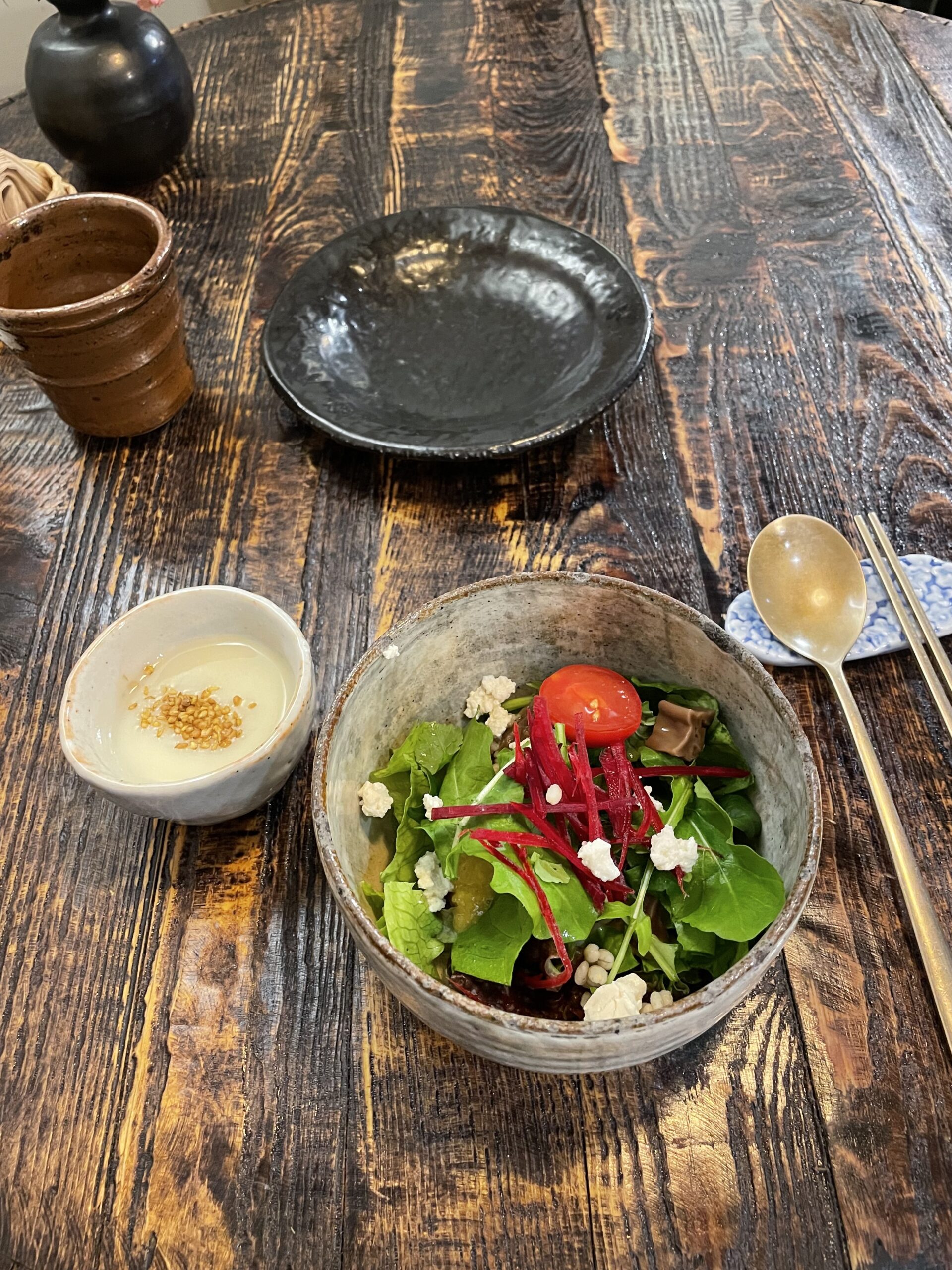
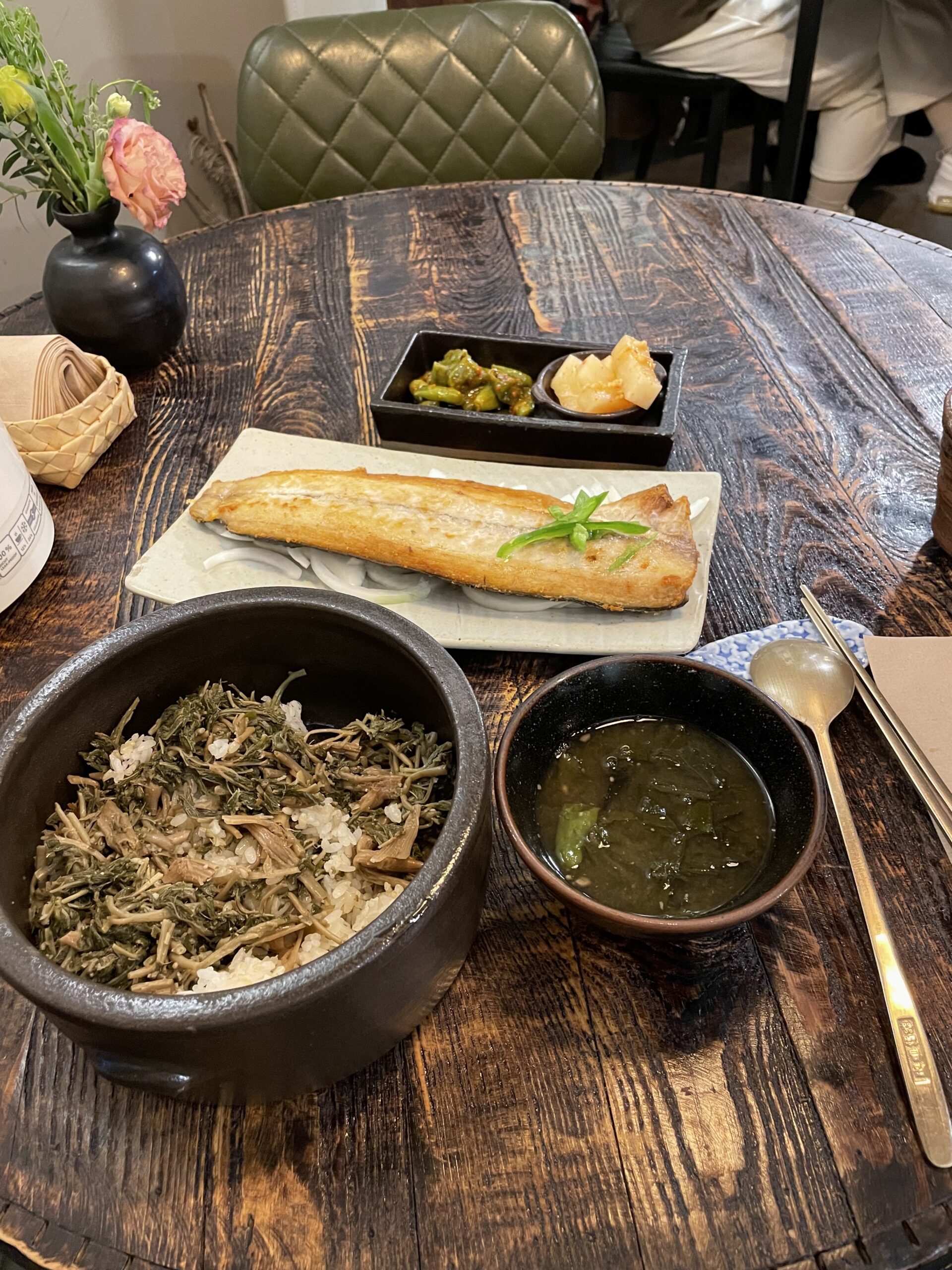
Best places to eat Seoul
The keyword of food in Seoul is street food, especially in the markets or typical streets. The smell of typical dishes pervades you, sometimes even too much if it’s Kimchi (for delicate palates and stomachs, pay attention to the spiciness).
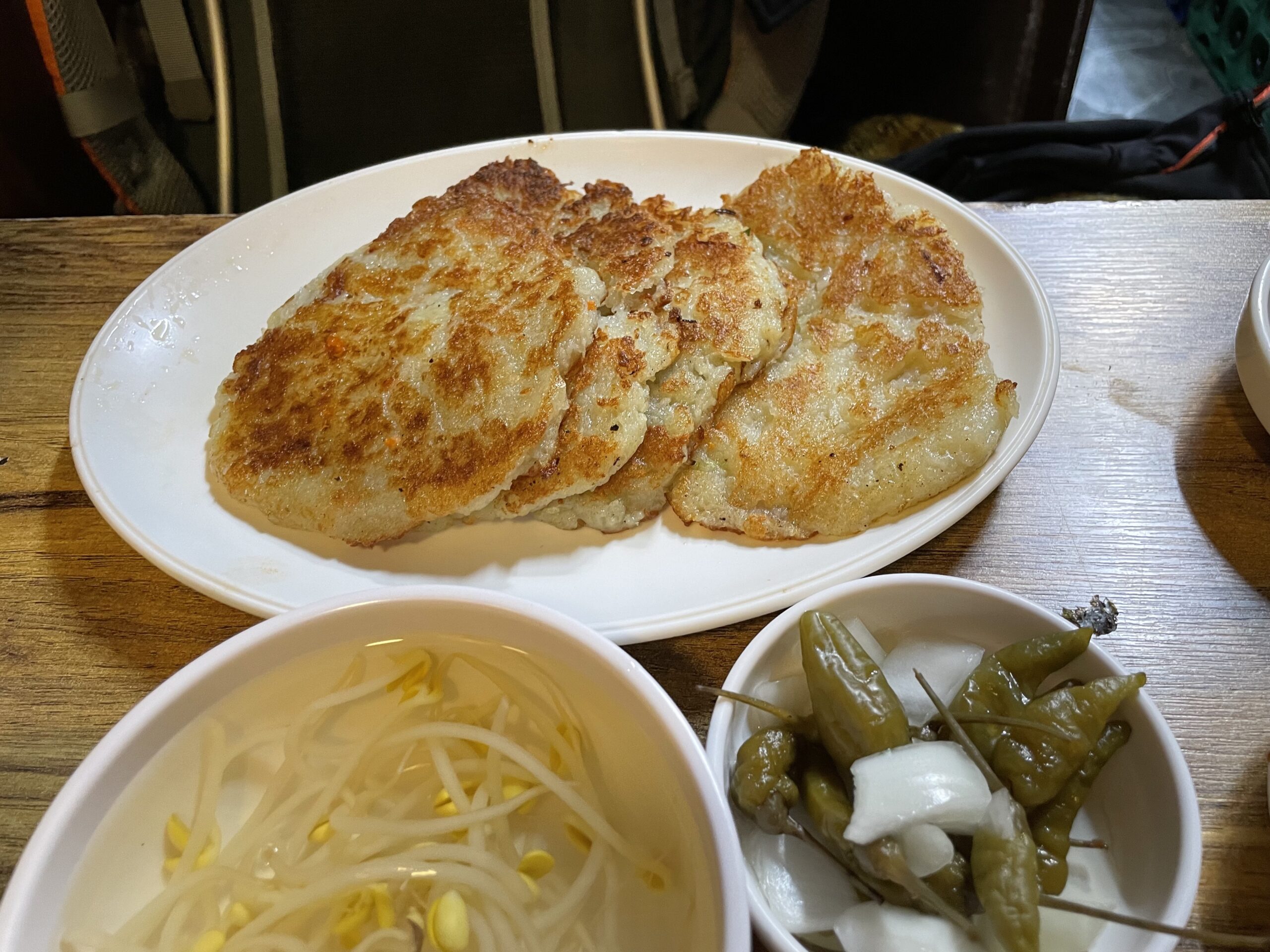
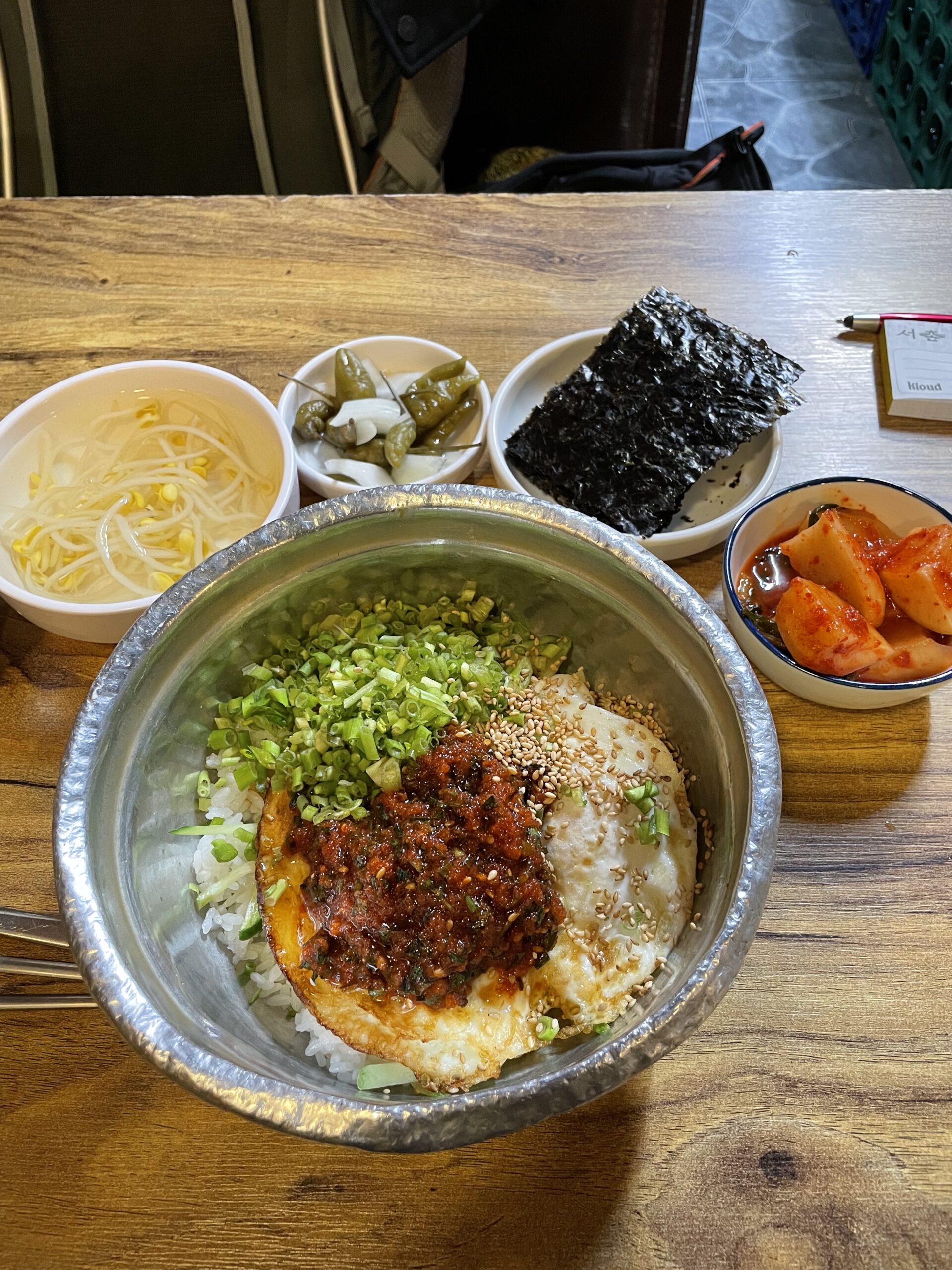
Sejong street food village, just next to the Gwanghwamun, it offers typical experiences, in small places that follow one another. I have personally eaten at Anju Maeul, and it was sensational. The owner warmly welcomed me helping me choose from the menu entirely in Korean and finally offering me typical food and drinks. Korean pancakes, raw fish, vegetable and bean sprout pancakes, kimchi, poke with omelette and spring onions are some of the delicious dishes I tasted. Another typical experience is Gwangjang Market, an apotheosis of smells, noise, people. I spent two evenings here, photographing the cooks and street food stalls, talking to people who, intrigued by the fact that I was traveling alone and photographing, stopped to ask me where I came from and why I was there. The typical dishes you will find here are: mayak gimbap (roll of rice and vegetables or fish), Tteokbokki (stir rice fried cake), Eomuk (from a batter of fish meat mixed with some vegetables and flour. Once prepared, the batter is shaped and then fried), Hotteok (sweet pancake), Bungeoppang (the mythical little fish also present in Japan with red bean cream filling), twisted donuts frittelle, Bindaetteok or mung bean pancakes with vegetables, meat, eggs, and sticky sweet rice.
Noteworthy and definitely a different experience is “A Flower Blossom on the Rice”, mentioned in the Michelin guide, an organic restaurant with vegan options too. Budget higher than the average and above all compared to street food, but the experience is worth it. I asked the very kind waitress who welcomed me to help me in the tasting process, and I must say that I was repaid. All dishes are accompanied by a fresh vegetable salad with a delicious sauce that I didn’t understand what it was; i tasted a bowl of rice with wild mushrooms and a grilled fish (very typical in the back alleys of Seoul). The main dish is actually the Bojagi Bibimbap, it is a rice seasoned with five different vegetables and wrapped in an omelette as if it were a gift to be unwrapped which at this point I suggest you try once there. A Flower Blossom on the Rice offers 95% ingredients directly sourced from farms, local gardens that have been awarded eco-friendly nature certifications, healthy and organic farming, organic processes and biodynamic certifications. The further effort of this project is the dissemination of these products in the entire metropolitan area of Seoul.
Average price per person is 40.ooo/50.000 won ($35/40)



